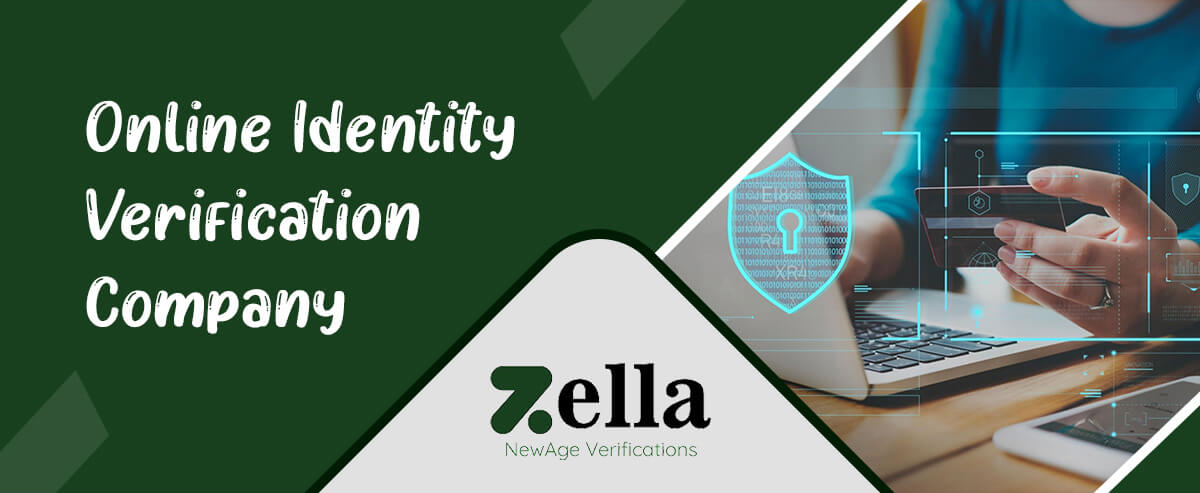
What Does It Mean To Verify Your Online Identity?
Online identity verification is a process by which an organization verifies the identity of a person or entity in an electronic form. This can be used for purposes such as verifying the credentials of employees, customers, or contractors; protecting the data and information of organizations; and mitigating fraud. In order to provide accurate and secure identity checks, it is important to understand how this works.
An effective online identity verification system should include a number of key components. The first is a secure registration process that requires users to provide valid information, such as their name and address. This information must then be verified against government records or other sources of identity verification to ensure that the user is who they say they are. The second important component of an effective online identity verification system is a robust authentication process.
This process requires users to provide some form of identification, such as a photograph or fingerprint, and then confirm that the identification is valid. If the authentication process fails, the user will be prevented from accessing certain areas of the online system. Finally, an effective system should contain a notification system that notifies users when their background check is complete or when there is a problem with their identification. This system should also allow users to reset their password if they forget it so that they can continue to access the system safely.
Overall, online identity checks are an effective way to protect organizations from fraud and mitigate the risk of identity theft.
How Does Online Identity Verification Work?
The basic steps in online identity verification involve obtaining information about the user, verifying that this information corresponds to what is known about the user, and then using this information to generate a confidence score. The confidence score is then used to decide whether or not to allow access to the user’s profile or web page.
There are a number of different methods used to obtain information about users online. Some common sources of information include name, address, date of birth, email address, and phone number. Information can also be gathered from public records such as Google search results and social media profiles.
Once the necessary information has been obtained, it must be verified. This verification process ensures that the data is accurate and that it corresponds to the profile associated with the user account. In some cases, this may simply involve checking that the data matches what is known about the user. In other cases, more sophisticated verification techniques may be required in order to ensure that the data is genuine and not fake or fraudulent.
Conclusion
Background checks are essential for many positions in today’s workforce, and online identity verification is one of the most commonly used methods to verify an employee’s identity. This can be used to confirm someone’s identity through a variety of means, such as verifying their social security number or driver’s license number. By using reliable sources like the Social Security Administration website, you can ensure that your employees’ identities are verified before they’re allowed to start working.

Leave a Comment